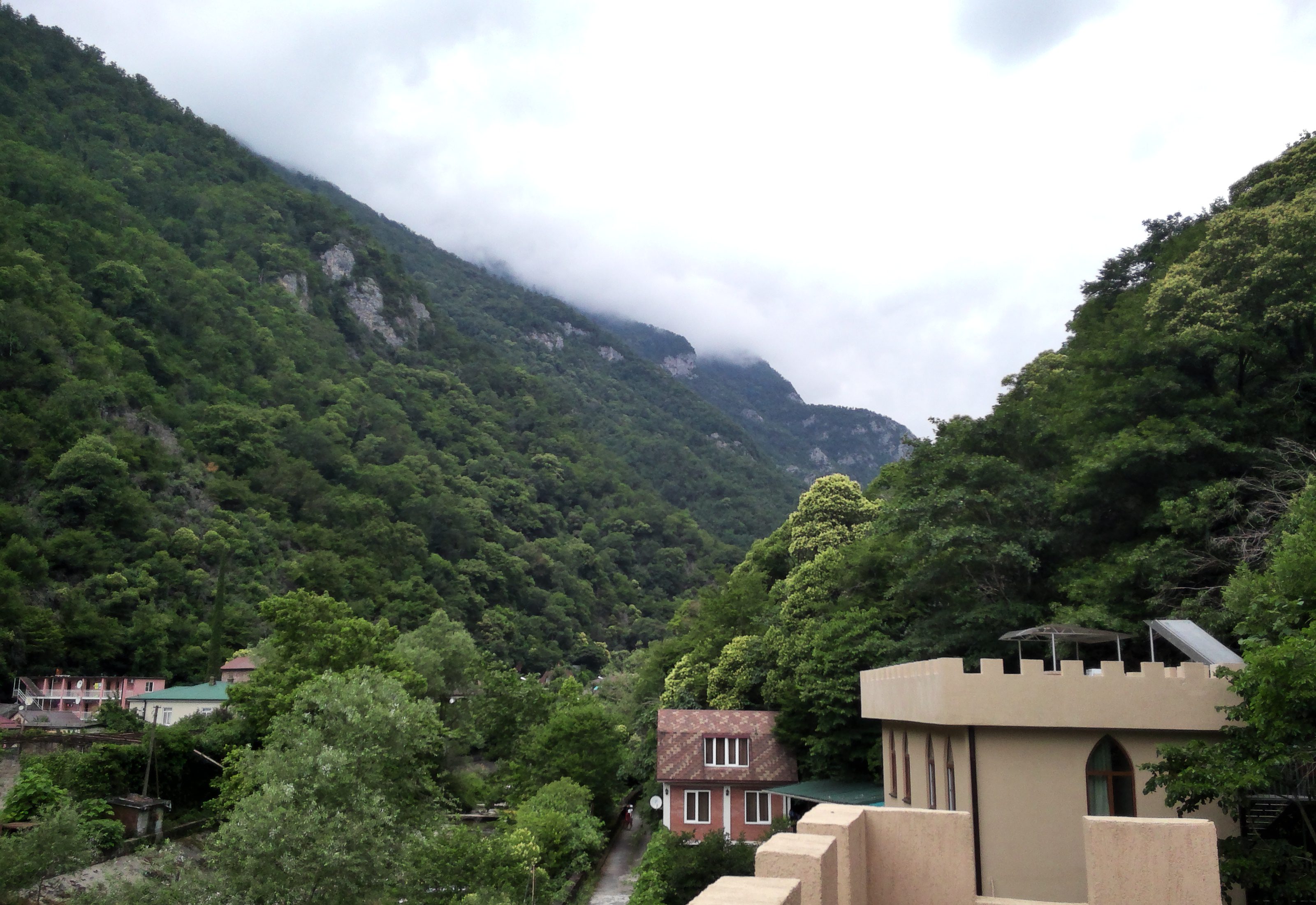Connection to RTOS from geographically remote location Two-week experiment of connecting to RTOS from geographically remote location is finished. During this two-week experiment I connected to RTOS from the territory of the other country using the RTOS dump, which is recorded using wavelets only. Dump includes 5276 routing tables and communicates with the authorization point of 18 June 2019. This…
